Lauren Spencer Journal Staff
Sawyer Business School Executive-in-Residence Sushil Bhatia is on a mission to get young entrepreneurs on the right track.
Bhatia recently teamed up with George Davison of Davison Inventing to create a new step-by-step curriculum, Idea Teacher, providing innovative students with a way to channel their ideas and turn their propositions into realities.
“I think this is great,” Bhatia said. “What happens is people have an idea and they don’t know what to do with it. This will give them a structure as to which steps to follow. Rather than getting lost, this will give them a proper path to pursue. From that point I think this is going to be a great help.”
Davison and his company have been supporters of Suffolk’s Competition for Innovative Ideas, a product development contest founded by Bhatia in 2006 in which students and alumni innovators compete for $100,000 in grants and in-kind services, since its beginnings.
“About two years ago [Davison and I] started talking about creating a curriculum that would help the students through each step from idea to execution, and how to take products to the market or to license them or convert them into a business so they can become entrepreneurs,” Bhatia explained.
They started working on the step-by-step program and developed a full semester plan, covering all the steps that Davison Inventing follows in order to take product ideas to the market.
The nine-step method starts by asking students to record their idea using details in an extensive explanation. Next, students enter the pre-development stages by performing a product-related data internet search in order to find similar products to their new idea to help them in the next step, which is brainstorming.
In this step students strive to find a feature about their proposed product that sets it apart from those similar to it and that makes it unique. The next step is ideation, where students produce a drawing of their idea, followed by the creation of a concept model. The concept model is instructed to be a full-sized representation of the product and must prove that the idea works.
Next is the engineering process, followed by the package design. After is the graphic design, where students figure out the best way to visually sell their product. The final step is the production of the product sample, where others can actually test and interact with the proposed product.
The program is already being put to use in classes such as Entrepreneurship, Business Plan Writing, Launching New Products and Innovation for New Products, and students are finding the plan to be a great help.
“I’m using [the plan] in all of my classes,” Bhatia said. “Many students have learned of the nine steps and they are feeling very good about it. It helps to give them direction rather than being in the dark. This will help them all the way through.”
Bhatia said they are hoping to incorporate the plan into the rest of the business school classrooms this fall, so that more students can prepare for real life innovations and see successful results as well.
“[The program is giving] them a more innovative and creative way of thinking so when they get out in the real world they will be able to have more innovative capabilities,” he said.





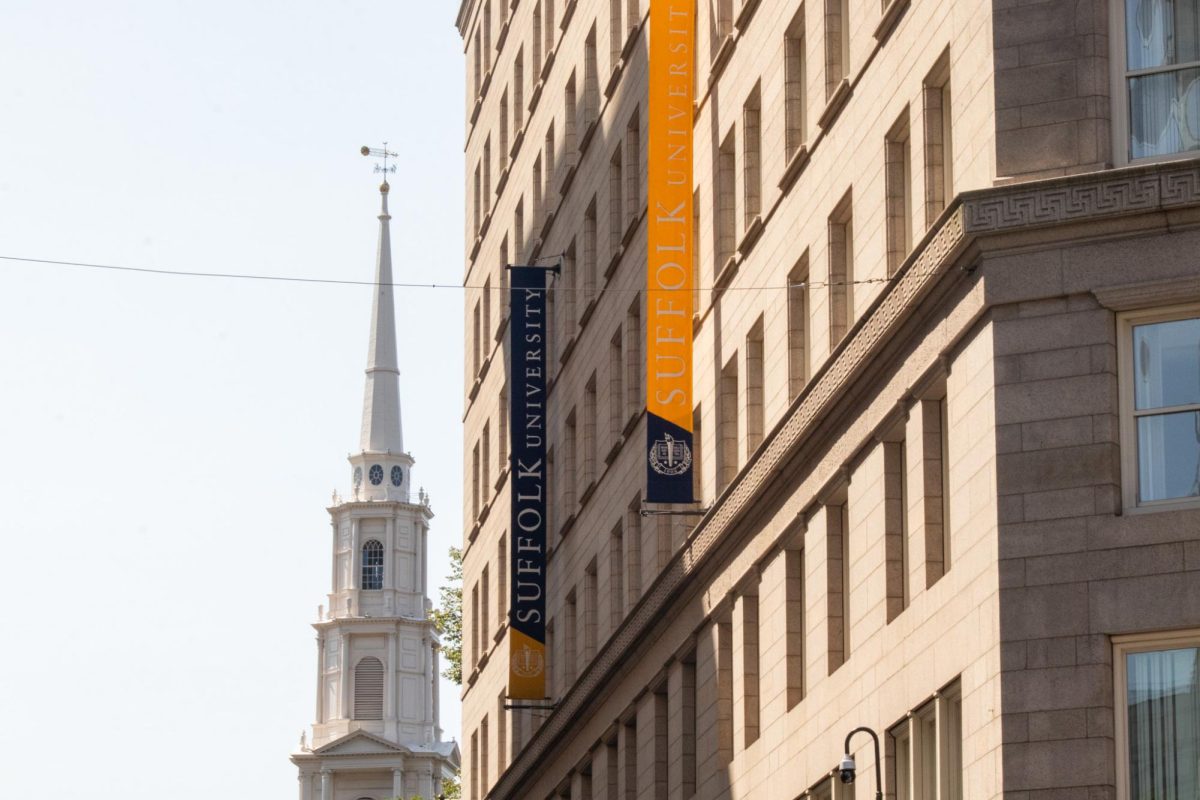
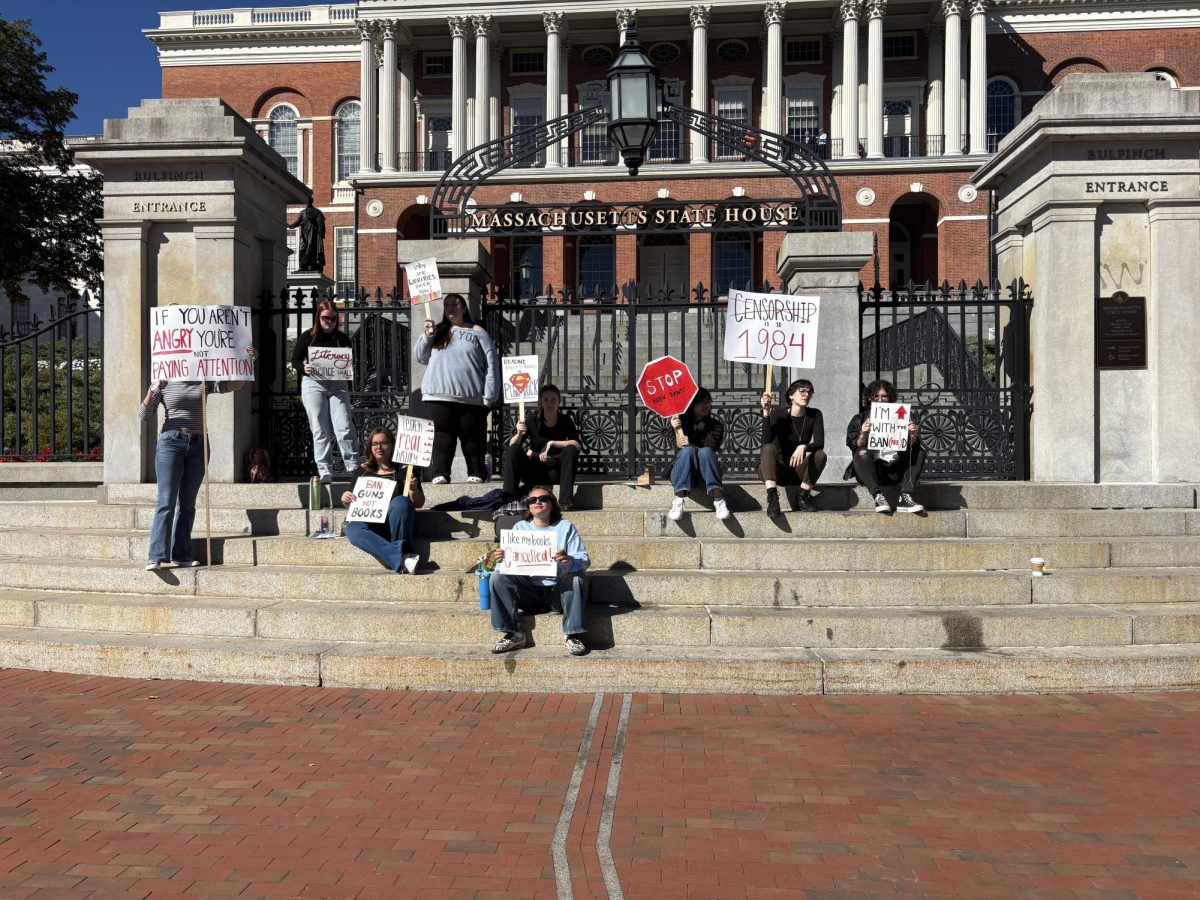
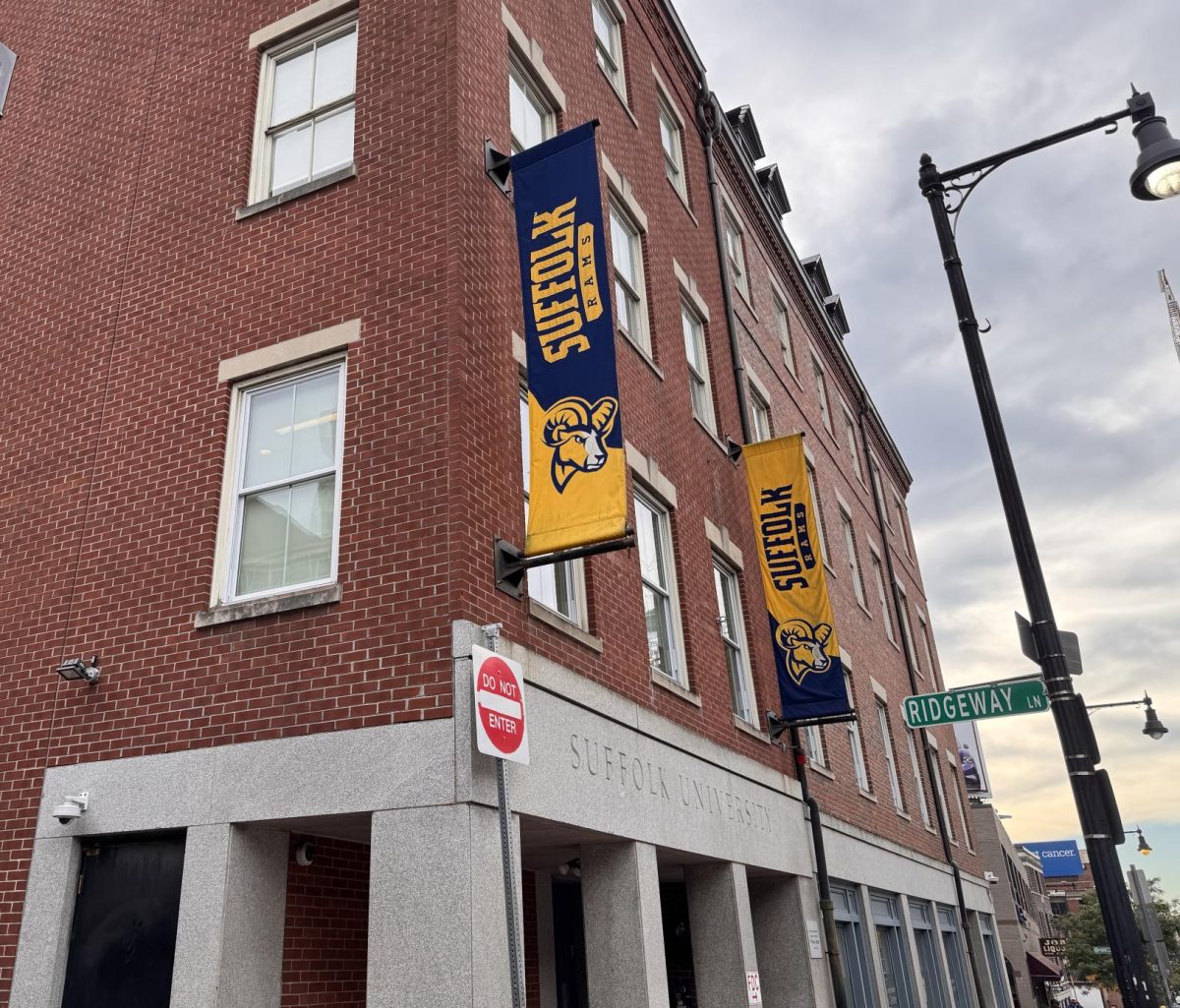


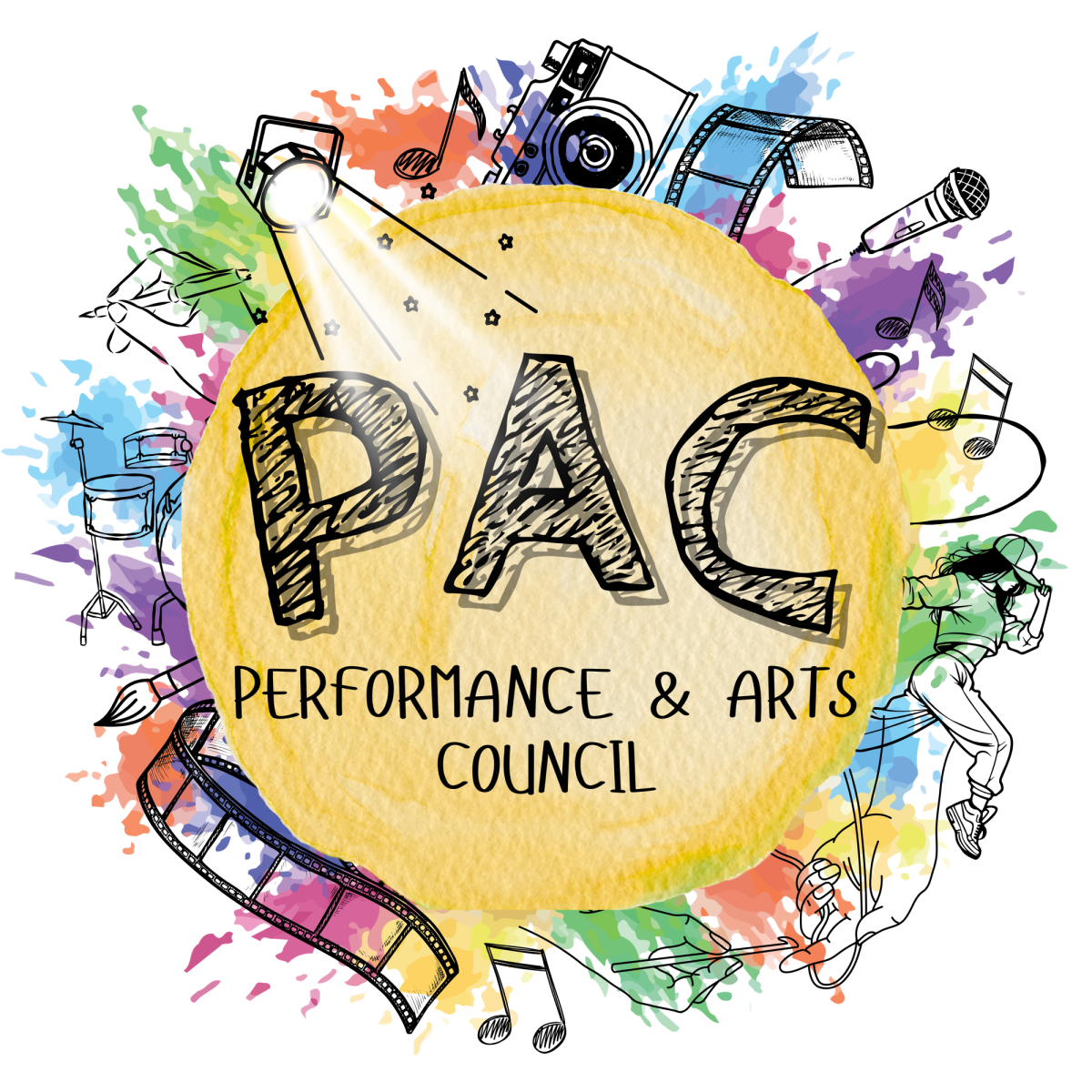
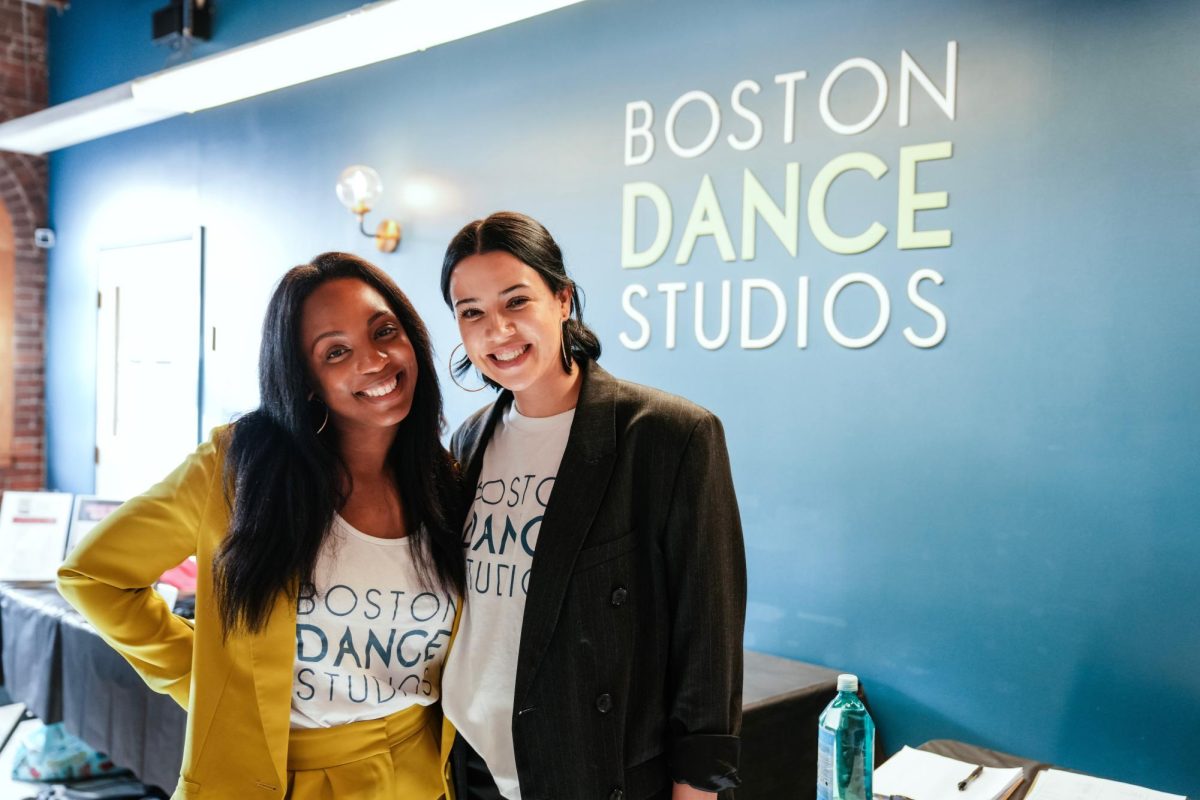
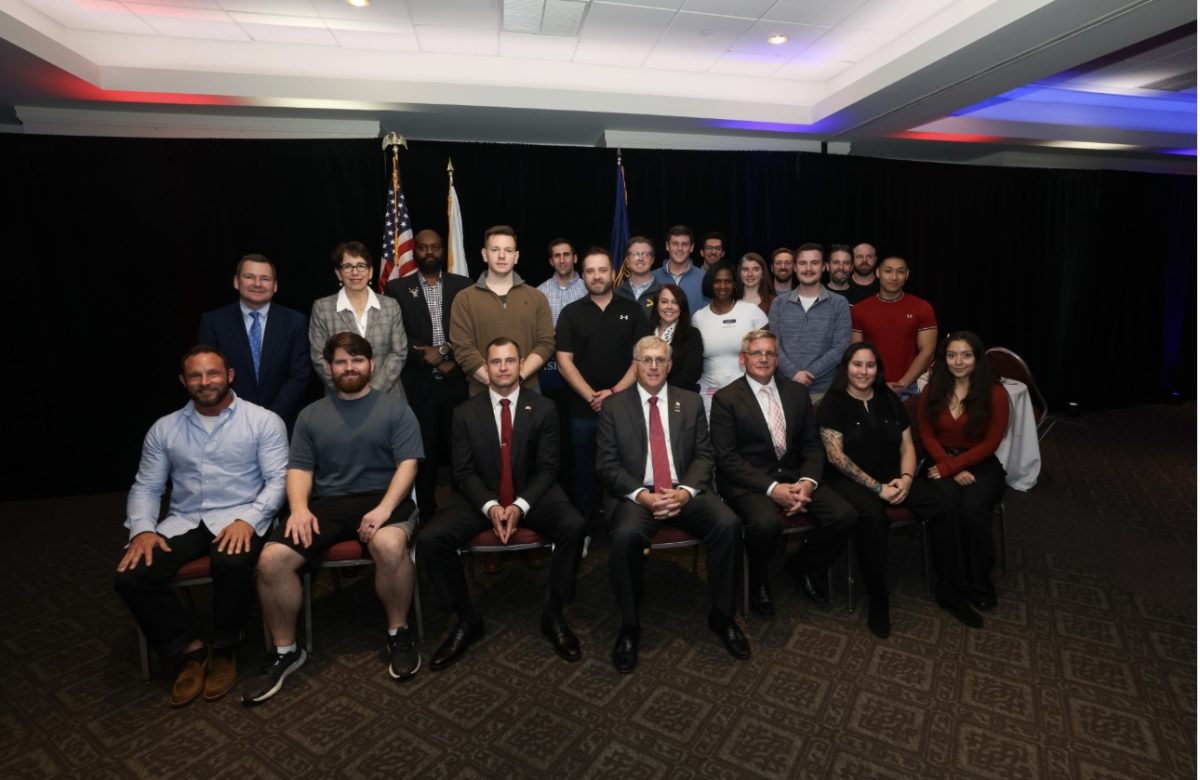
Linda Vinay • Feb 6, 2013 at 4:30 pm
RT @SUBizSchool: .@laurenspencer6 interviews Professor Sushil Bhatia about his innovative curriculum http://t.co/ikWrxDEP
Lauren Spencer • Feb 6, 2013 at 4:30 pm
RT @SUBizSchool: .@laurenspencer6 interviews Professor Sushil Bhatia about his innovative curriculum http://t.co/ikWrxDEP
Suffolk Business • Feb 6, 2013 at 4:25 pm
.@laurenspencer6 interviews Professor Sushil Bhatia about his innovative curriculum http://t.co/ikWrxDEP